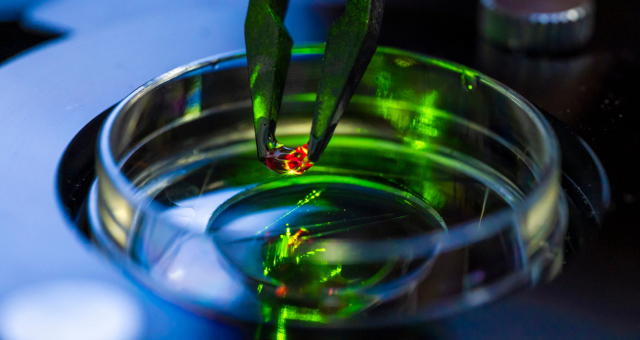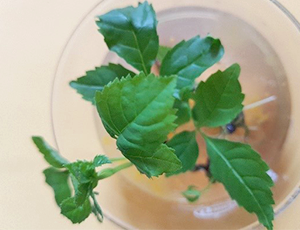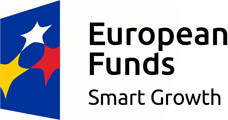
The subject of the offer is a method of formation of Lactobacillus rhamnosus bacteria biofilm on the metallic surface and the bioelectrode obtained in that manner.
Applications: Microbial fuel cells, microbial electrolytic cells and biosensors
Bioelectrochemical systems (BESs) are an intensively developing field from the borderline of biology and electrochemistry. BESs use the ability of microorganisms inhabiting an anode or cathode to convert chemical energy into electrical energy. Until now, BESs have been used in many areas, including the construction of biosensors or microbial fuel cells (MFCs), which, in times of an increasing demand for renewable and sustainable energy sources, are becoming more and more popular.
MFCs are based on a biofilm, which is a dense bacterial layer, often adhered to the surface, and covered with organic and inorganic substances, formed on the anode and exhibiting electrochemical activity. In addition, the occurrence of plankton organisms in the electrolyte that also exhibits electrochemical activity, and can be used in fuel cells construction, is also possible. In the described examples of bioelectrochemical systems, pathogenic microorganisms are usually used. The use of these strains could be dangerous which is why the technology based on microorganisms that are more human and environmentally friendly is desired. Development of suitable modifications of metallic electrodes’ surface allowed to use L. rhamnosus in the context of bioelectrochemical systems. This strain is safe, commonly used in the food, cosmetics and pharmaceutical industries. The implementation of the invention will allow for obtaining a new, relatively cheap and easy to build renewable energy source, which will be neutral for human and the environment.
Advantages of the innovation:
- the ability to use a probiotic strain of bacteria, friendly to human health and the environment;
- possibility to increase the current efficiency of the bioelectrode in relations to the currently used carbonaceous materials, the durability of the electrode’s material (lack of degradation under working conditions);
- regardless of the scale, the microbial fuel cells will not produce chemically and biologically dangerous waste.
The method of formation of Lactobacillus rhamnosus bacteria biofilm on the metallic surface and the bioelectrode obtained in that manner is the subject of the patent application.
Currently, the Center for Technology Transfer CITTRU is looking for entities interested in in the further development and commercialization of the invention
Technology Transfer Center CITTRU UJ is looking for entities interested in cooperation in the further development and commercialization of the invention, in particular, those willing to join to research and development process aimed at rescaling the system to industrial conditions.
information / broker of Jagiellonian University



























